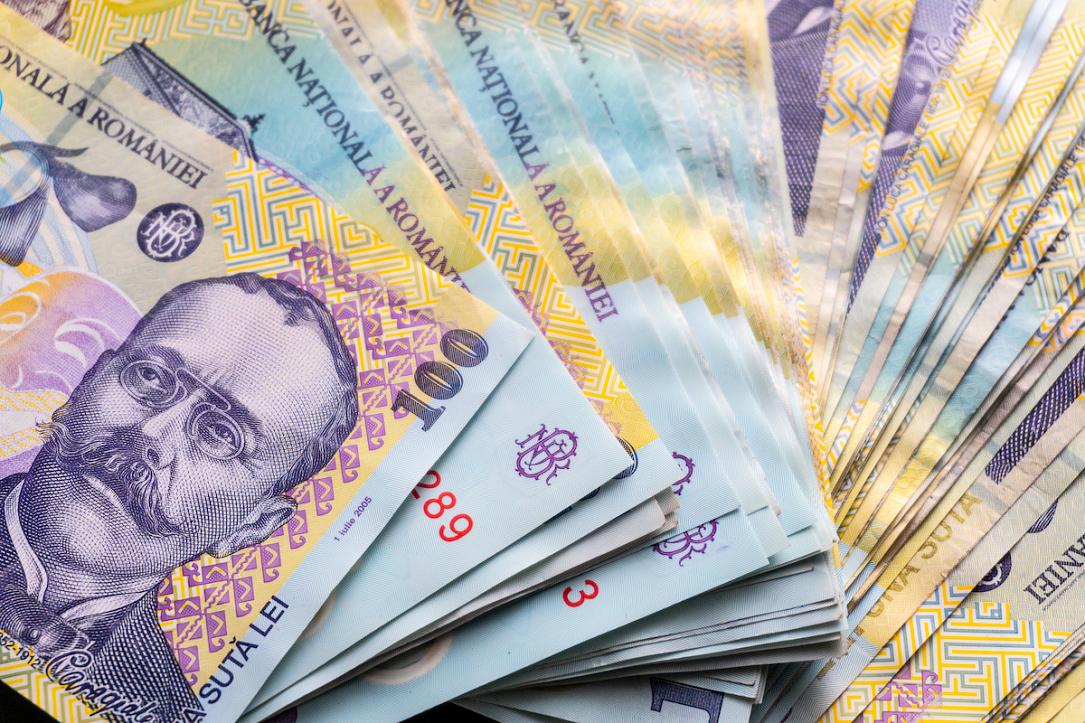Romania’s public spending spirals, pushing up deficit to 1.67% of GDP Jan-Feb



Romania’s Finance Ministry confirmed that the general government budget deficit rose by 70% y/y to RON 29 billion (EUR 5.8 billion), or 1.67% of the year’s projected GDP, from 1.07% of GDP in the same period last year. This is one-third of the full-year deficit target.
Capital expenditure notably increased to nearly 0.7% of GDP in the two months this year, compared to 0.16% of GDP in the same period last year (and 2.43% of GDP in full 2023), while the projects financed from external sources (grants or loans) also leaped up from 0.4% to 0.6% of GDP.
Overall, however, this explains only half of the 1pp rise in the public spending to GDP ratio, from 5.7% to 6.7% of GDP, meaning that current expenditure also increased significantly, which doesn’t bode well for the year’s fiscal outlook.
Personnel spending rose by nearly 20% y/y, while the spending for goods and services surged by 25.5% y/y.
The budget revenues to GDP ratio also increased, but slower: from 4.6% to 5.0% of GDP. Tax revenues edged up modestly from 2.3% to 2.4% of GDP.
The government in Bucharest drew up the 2024 budget with a deficit of RON 86.6 billion (EUR 17.3 billion) – just under 5% of the projected GDP, down from 5.7% of GDP in 2023. But the European Commission warned recently that unless further corrective measures are taken, the gap will rather head towards 7% of GDP – a forecast backed by the Fiscal Council as well.
Prime minister Marcel Ciolacu argued that the 0.6 percentage points (pp) in the deficit-to-GDP ratio was entirely caused by higher defense spending, indirectly admitting that part of the military spending was committed in 2023 but deferred to 2024 for keeping last year’s deficit within a decent limit. This was indirectly confirmed by NATO calculating Romania’s military spending at 1.6% of GDP in 2023, compared to the 2% of GDP (or more) claimed by Romanian authorities.
Detailed capital expenditure data published by the Finance Ministry indicate that part of the increase in the public deficit this year (January-February) may have indeed been caused by deferred defense spending, but the local government authorities and possibly the public road management company CNAIR have also deferred spending from 2023 to 2024.
Thus, the capital expenditure from the central government increased from RON 100 million in January-February 2023 to RON 6.2 billion in the same period this year. This may include the larger military spending invoked by PM Ciolacu – RON 6 billion, meaning EUR 1.2 billion or 0.35% of GDP.
However, the local government’s expenditure in the first two months of this year also increased significantly, from RON 1.45 billion in January-February 2023 to RON 4.1 billion, revealing possible similar deferred spending in the amount of some RON 2.5 billion or nearly 0.15% of GDP. Overall, the capital expenditure to GDP ratio increased by roughly 0.5pp.
Notably, the volume of projects financed from external funds (loans and grants) also increased, roughly from 0.4% of GDP in the first two months last year to 0.6% of GDP this year. However, it cannot be said exactly how much of these funds were used for capital expenditure (as opposed to current expenditure).
As a technical note, the Romanian government includes all the projects financed from external funds (grants or loans, irrespective of the scheme – the multiannual financial framework, the Resilience Facility, or others) as current expenditure. Separately, capital expenditure is assumed to be financed only from the national budget.
iulian@romania-insider.com
(Photo source: George Oprea/Dreamstime.com)